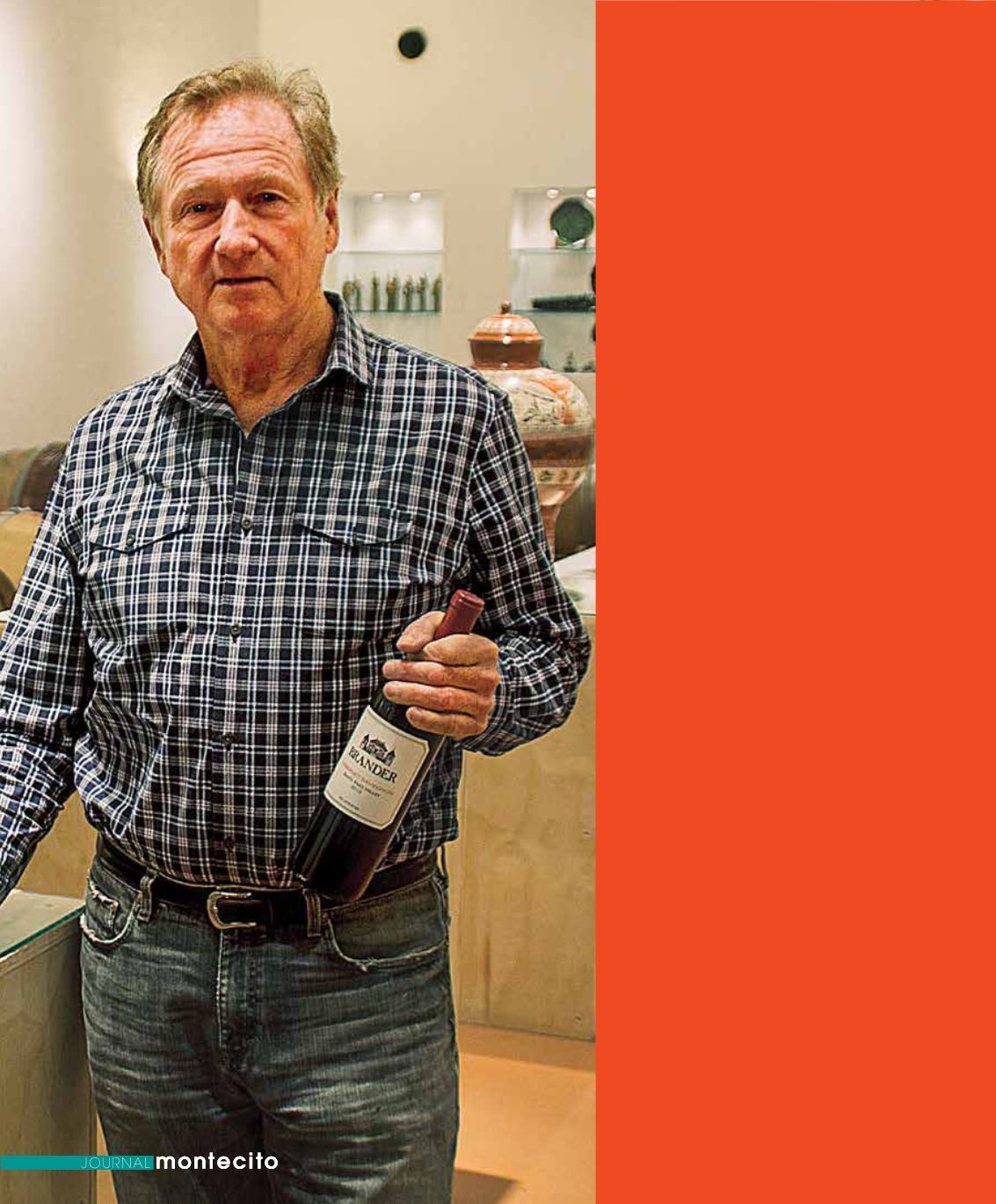
y Eva Van Prooyen
AN ART-WINE
PARALLEL
“B
oth evoke a strong sense of place,” he
notes. “Like wine, ceramics derive from
the soil. Although crafted individually, the art
conforms to a genre and style particular to the
community.” This is also true of wine. Sauvignon
Blanc – whether from New Zealand, the
Sancerre, or Los Olivos – offers a profile unique
to its region.
“In particular with Mexican ceramics, as with
wine, not only can the provenance of a piece be
determined (in terms of locale or community)
but, at the highest expression of quality, the
individual artisan or winemaker shows through.”
There is even a strong government scheme
in place to ensure geographical authenticity of
Mexican folk art – similar to the strict regional
controls for wine districts and appellations in the
U.S., France, and Italy.
Having lived in Argentina until he was 12,
Brander has a strong affinity for both Hispanic
and European cultures. In his analysis, the
relationship between wine and art can best be
demonstrated by comparing Mexico with a
European model.
“In countries with strong wine cultures
like France, Spain, or Italy, wine is individually
made but follows a collective process involving
traditional techniques, and grape varieties best
matched to the region.” Similarly, folk art is
crafted by the individual, using materials, motifs,
and style from past and present culture. And,
while it may range in quality – “both wine and art
will preserve their sense of provenance.”
winter
|
spring
99


